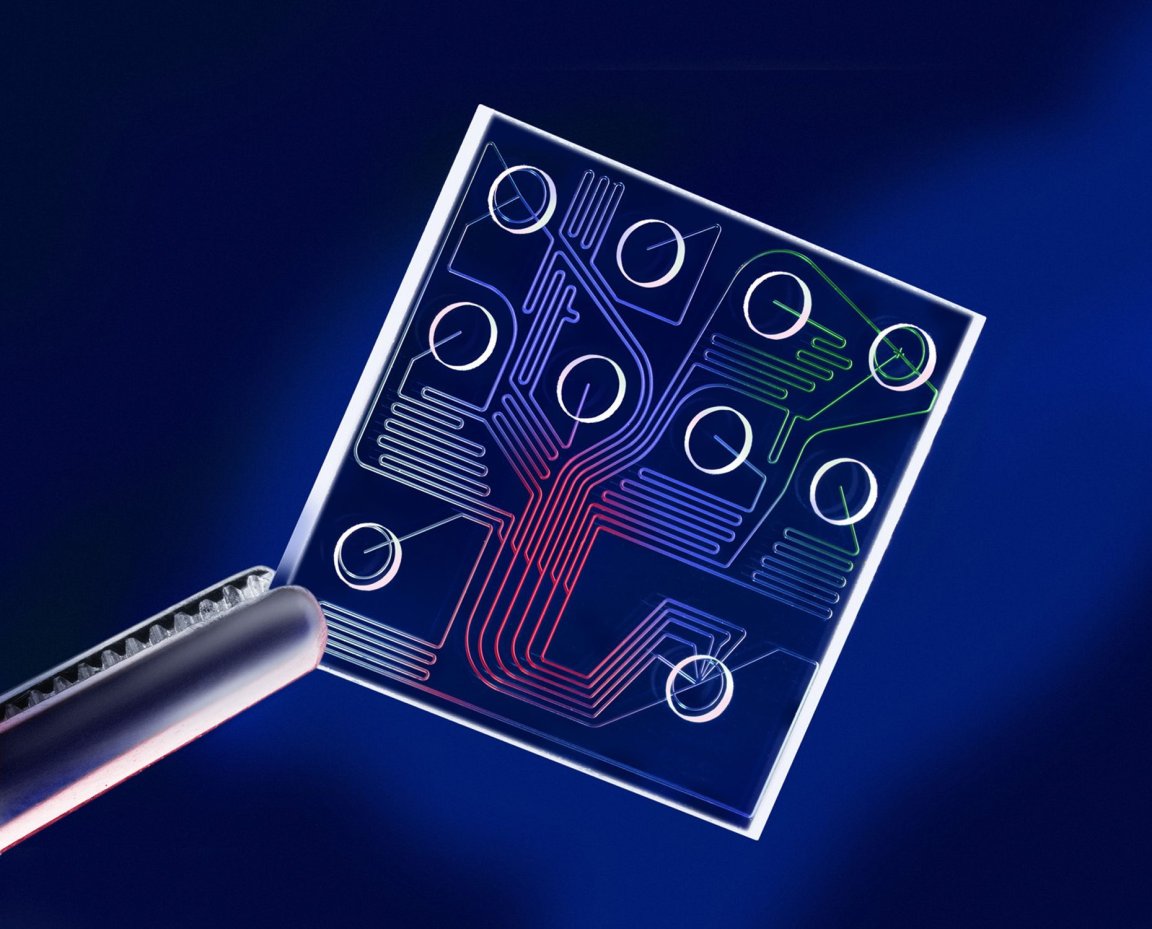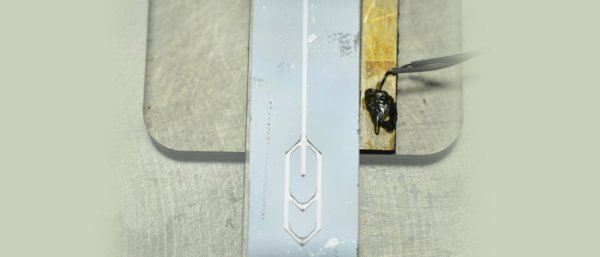
Microfluidic devices are devices that can be used to analyze cells based on size, deformability, and electrical properties, among other characteristics.
A team from MIT has found another method of classifying cells: through sound. The team found a way to sort cells based on their acoustic properties or how they are affected by sound waves. This is dependent on how dense and compressible the cells are.
It could potentially mean a handheld device for conducting a “complete blood count” (CBC), a test that usually requires complicated and expensive laboratory analysis.
The work is published in the May 16 issue of Nature Communications.

The new device consists of a microfluidic channel that vibrates at a very low frequency. Cells that flow through the channel get pushed to certain areas depending on how they interact with the acoustic forces generated by the vibration.
There are two main benefits to this new method. First, it allows one to classify cells that are similar in size. This is because these acoustic properties rely on cell content and structure, and are independent of the cells’ size. Second, it needs no biomarkers, chemical labels, or cell alteration for it to work.
Eventually, the technology could have important medical applications—sifting cancerous cells from the bloodstream, for instance, or distinguishing between different cancer cells based on their acoustic signatures.